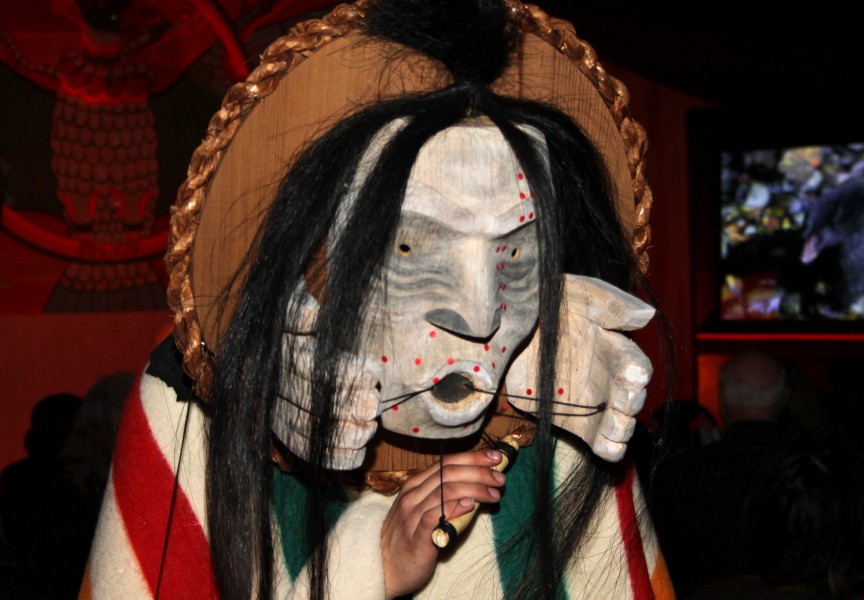The second day of the Cultural Oppression workshop held at Maht Mahs gym was devoted to the subject of grief.
Facilitator Jane Middleton-Moz talked about first nations’ traditional methods of coping with grief and why they worked.
Aboriginal people across the continent shared the practise of supporting one another through grieving.
She pointed out that the reason people are advised to be allowed to grieve for at least a year is because over the seasons the mourner will see reminders of their loved one and will have to work on coping with the loss in that moment.
Today there are some that dull their pain through addictions. Drugs and alcohol, Middleton-Moz said, may seem to dull the pain but what they really do is stop the grieving process.
“Have you ever seen a drunk person crying over someone they’ve loved and lost?” she asked. “That’s not grieving; that’s drunk,” she said.
When people don’t finish their grieving in a healthy way they can wind up angry, suicidal or they may turn to addiction.
Healthy grieving includes crying. Middleton-Moz said studies have shown that if you don’t cry you can get sick.
People are social beings and are not meant to be alone, so when they cry together, they heal.
To this day men and boys are told not to cry.
“An elder once told me that we are born with tear ducts so we were meant to cry – and men have tear ducts, too,” said Middleton-Moz.
Participants were invited to take part in a Fishbowl exercise. Accompanied by support people of their choice, participants stood before a fishbowl of water and talked about personal experiences with trauma and loss.
For some it was trauma suffered at residential school. For others it was the loss of dear family members through addictions, accident, disease or suicide.
For everyone it was a cleansing, emotional release of supressed feelings and words. When they were done speaking they added a drop of food colouring to the fish bowl to represent whatever it was they wanted it to represent. Some chose yellow for brighter days ahead while one chose blue because their departed family member loved the Vancouver Canucks.
They each left the fishbowl being supported by caregivers, friends and family.
Middleton-Moz acknowledged that Tseshaht First Nation is going through a difficult time with suicides in their community and gifted one of her fishbowls to them, encouraging them to make good use of it.
When someone loses someone close they will likely experience shock, anguish, loneliness, and helplessness. Later they may experience yearning, fear, hopelessness, anxiety, guilt, anger, depression or apathy. They may question their faith and be angry at God. In their search for answers they may feel a need for someone to be responsible.
In these early stages of grief the person is in a disorganized state.
Their goal is to heal, to come back to a state of organization by building a satisfying life and finding a new normal.
“This doesn’t mean we’re forgetting our loved one,” said Middleton-Moz, but it means accepting the loss, adjusting, and moving onto a new normal.
In order to make the circle of life stronger we need to stop and repair the damage through kindness and caring for one another, she added.
When healing does not take place, trauma will continue and will increase in the future generations. The pain in one generation increases in the next and manifests itself as helplessness, isolation, shame and disconnection.
“Things happen and it’s painful,” said Middleton-Moz. But when we heal ourselves we will have the ability to hold ourselves together to help others.
Report from Day 1 of workshop here: http://www.hashilthsa.com/news/2015-04-10/unspoken-grief-becomes-trauma-unhealed






